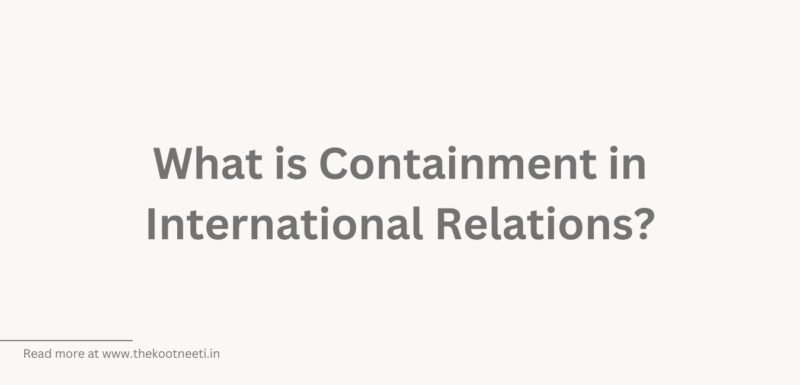What is Containment in International Relations?

Containment is a strategy used in international relations to prevent the spread of a particular ideology or political system. The term is most commonly associated with the United States’ efforts during the Cold War to prevent the spread of communism.
The concept of containment was first articulated by George F. Kennan, a diplomat and policy planner, in a famous article titled “The Sources of Soviet Conduct,” which was published in 1947. In this article, Kennan argued that the Soviet Union posed a significant threat to the United States and its allies and that the best way to address this threat was to “contain” the spread of communism.
To implement containment, the United States used a variety of measures, including military alliances, economic aid, and military intervention. One of the most famous examples of containment was the Marshall Plan, which provided economic aid to Western European countries in order to rebuild after World War II and help them resist the appeal of communism.
Containment remains a controversial concept in international relations, as it has been associated with militarization, interventionism, and Cold War tensions. However, it is also seen as having played a role in preventing the spread of communism and helping to maintain global stability during the Cold War.



















